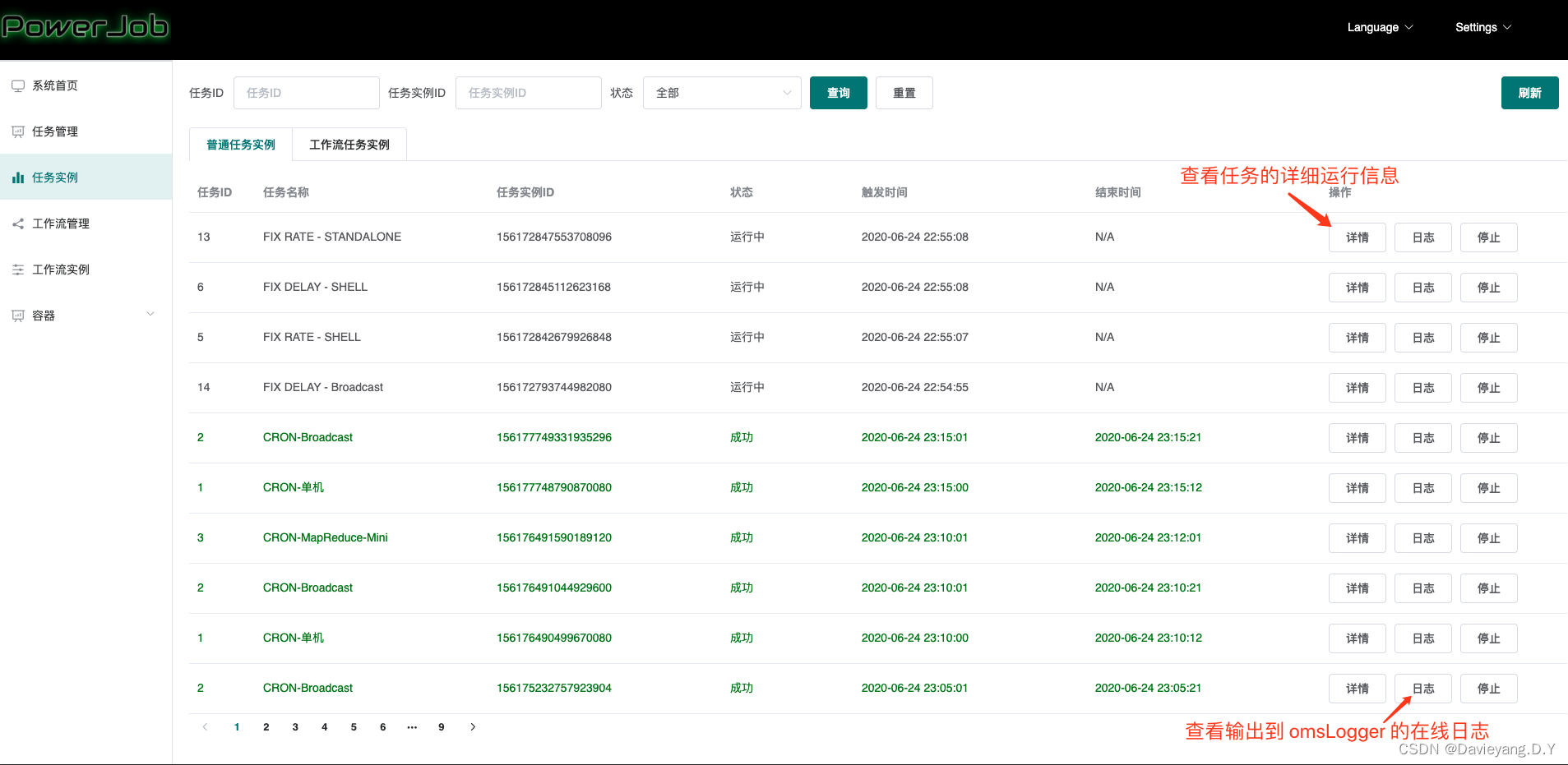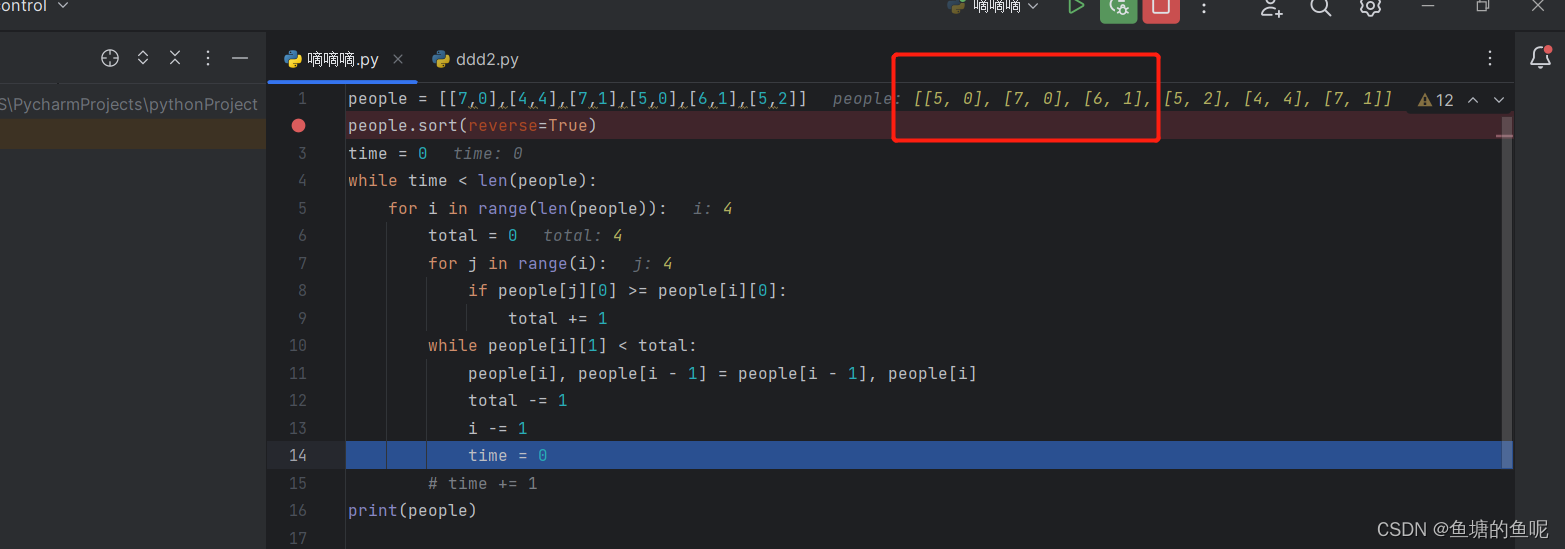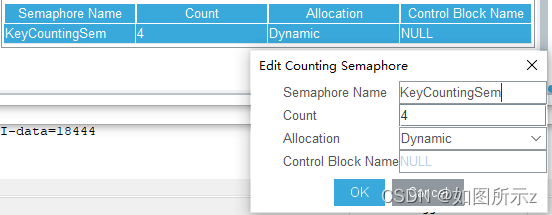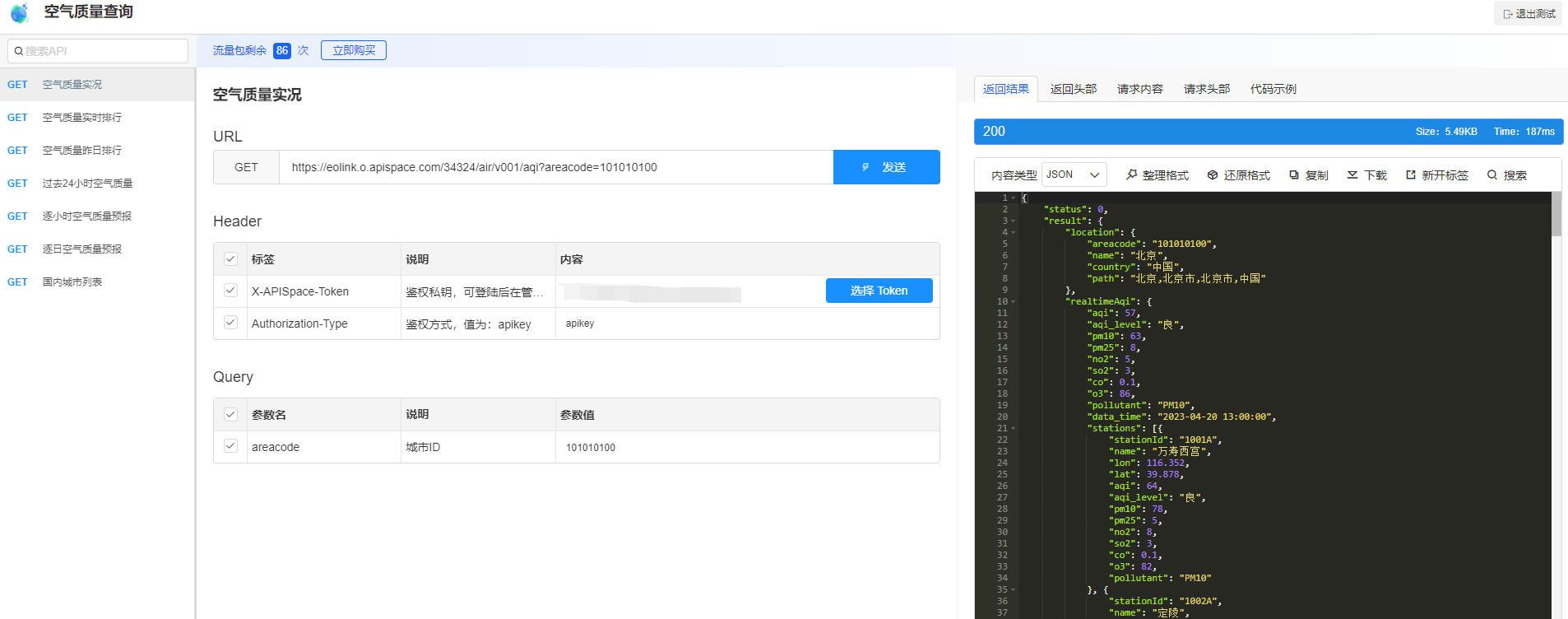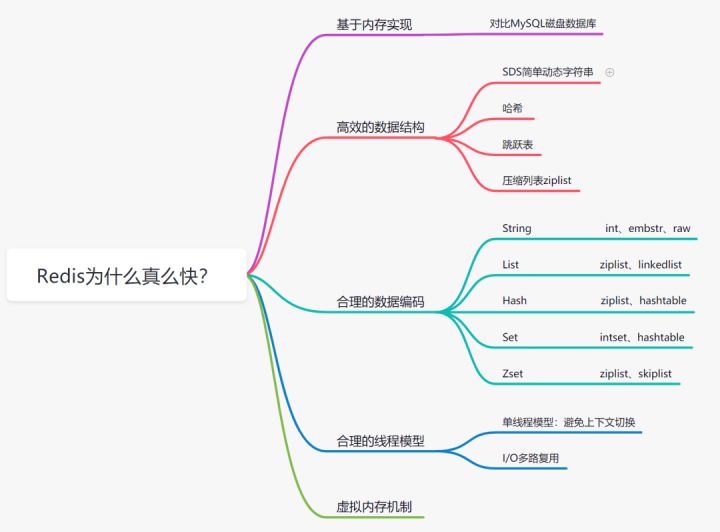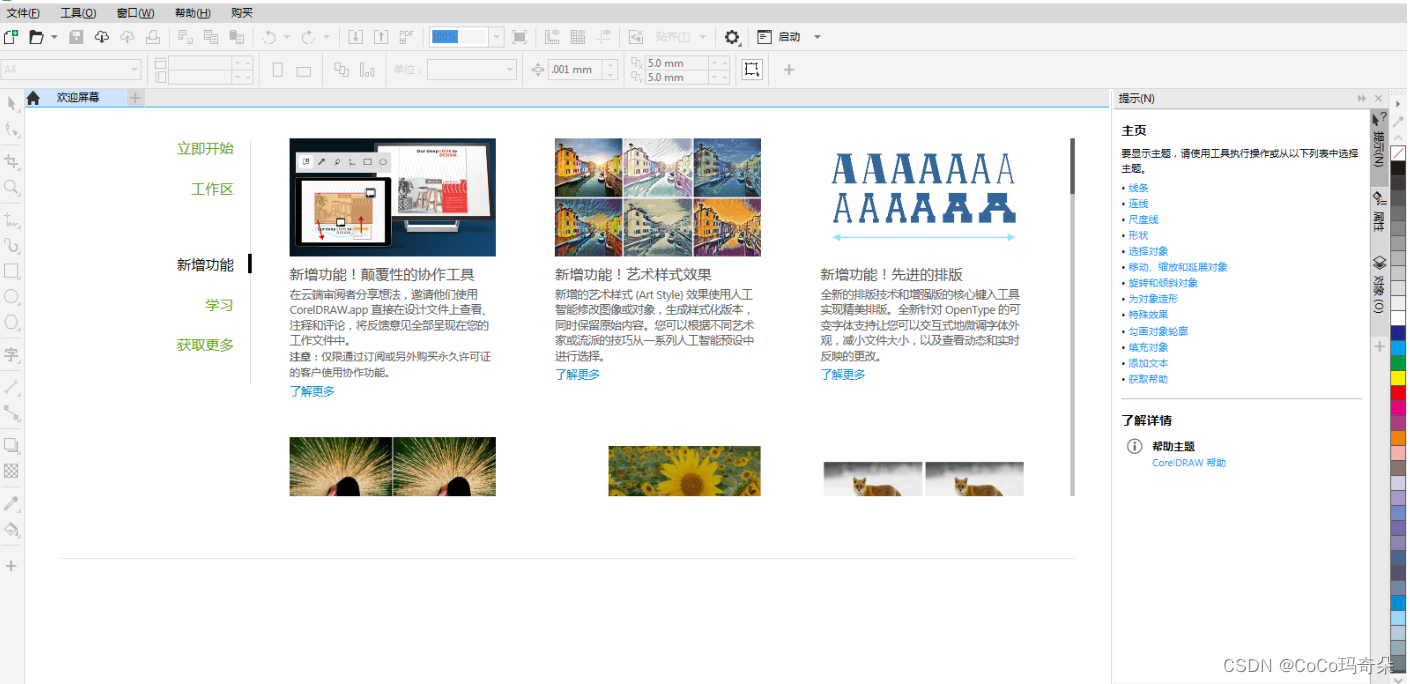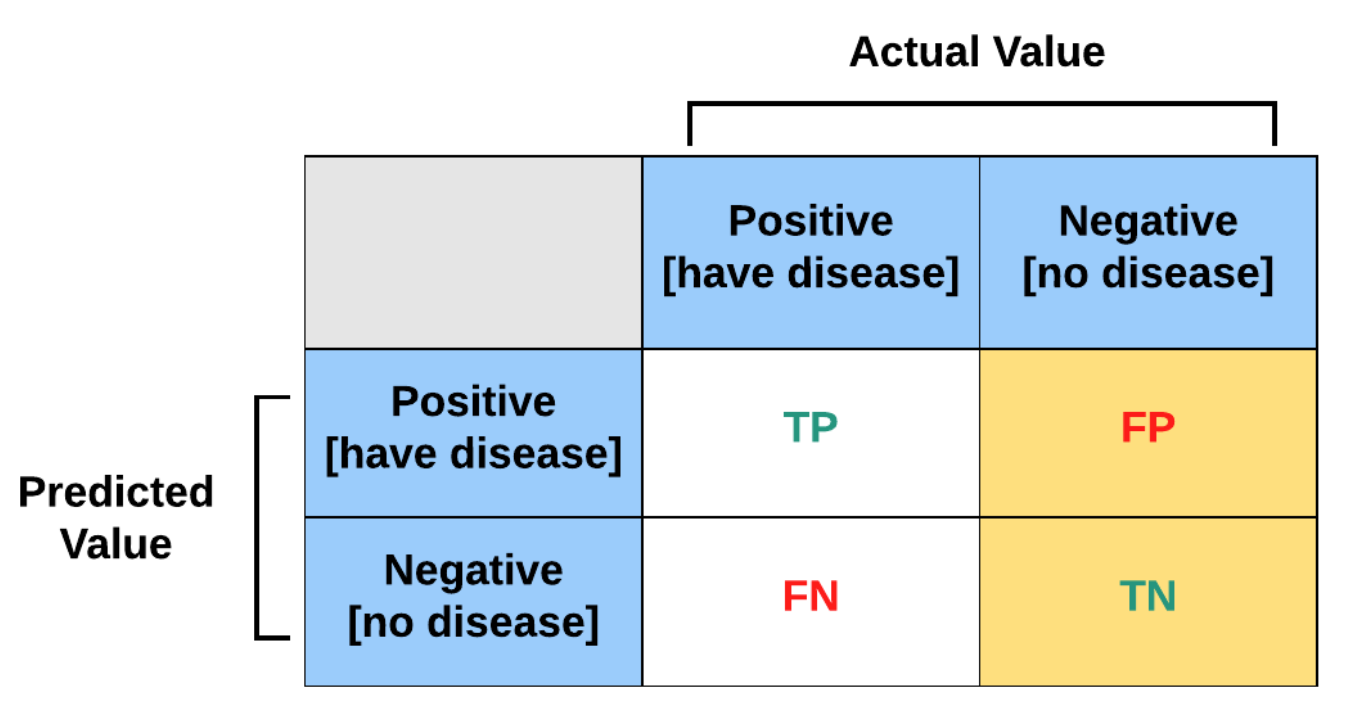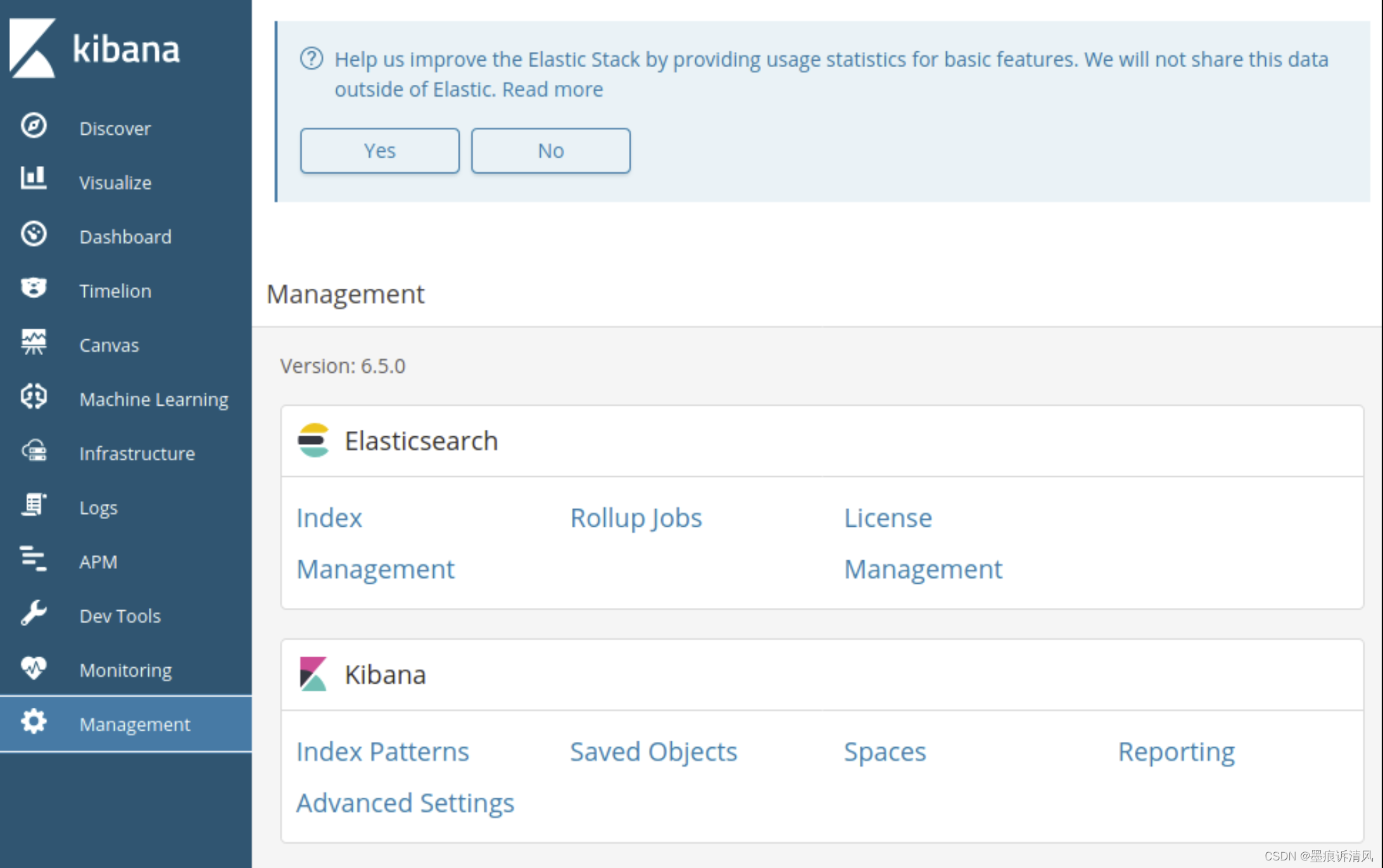文章目录
系列文章目录
Netty核心源码分析(一),Netty的Server端启动过程源码分析
Netty核心源码分析(二),Netty的Server端接收请求过程源码分析
一、连接请求接受过程源码分析
当Netty服务器启动之后,执行到NioEventLoop的run方法,这是一个死循环,不断地循环判断有没有事件发生:
// io.netty.channel.nio.NioEventLoop#run
@Override
protected void run() {
for (;;) {
try {
switch (selectStrategy.calculateStrategy(selectNowSupplier, hasTasks())) {
case SelectStrategy.CONTINUE:
continue;
case SelectStrategy.SELECT:
select(wakenUp.getAndSet(false));
// 'wakenUp.compareAndSet(false, true)' is always evaluated
// before calling 'selector.wakeup()' to reduce the wake-up
// overhead. (Selector.wakeup() is an expensive operation.)
//
// However, there is a race condition in this approach.
// The race condition is triggered when 'wakenUp' is set to
// true too early.
//
// 'wakenUp' is set to true too early if:
// 1) Selector is waken up between 'wakenUp.set(false)' and
// 'selector.select(...)'. (BAD)
// 2) Selector is waken up between 'selector.select(...)' and
// 'if (wakenUp.get()) { ... }'. (OK)
//
// In the first case, 'wakenUp' is set to true and the
// following 'selector.select(...)' will wake up immediately.
// Until 'wakenUp' is set to false again in the next round,
// 'wakenUp.compareAndSet(false, true)' will fail, and therefore
// any attempt to wake up the Selector will fail, too, causing
// the following 'selector.select(...)' call to block
// unnecessarily.
//
// To fix this problem, we wake up the selector again if wakenUp
// is true immediately after selector.select(...).
// It is inefficient in that it wakes up the selector for both
// the first case (BAD - wake-up required) and the second case
// (OK - no wake-up required).
if (wakenUp.get()) {
selector.wakeup();
}
// fall through
default:
}
cancelledKeys = 0;
needsToSelectAgain = false;
final int ioRatio = this.ioRatio;
if (ioRatio == 100) {
try {
processSelectedKeys();
} finally {
// Ensure we always run tasks.
runAllTasks();
}
} else {
final long ioStartTime = System.nanoTime();
try {
// 关键方法
processSelectedKeys();
} finally {
// Ensure we always run tasks.
final long ioTime = System.nanoTime() - ioStartTime;
runAllTasks(ioTime * (100 - ioRatio) / ioRatio);
}
}
} catch (Throwable t) {
handleLoopException(t);
}
// Always handle shutdown even if the loop processing threw an exception.
try {
if (isShuttingDown()) {
closeAll();
if (confirmShutdown()) {
return;
}
}
} catch (Throwable t) {
handleLoopException(t);
}
}
}
1、事件的值
读、写、连接、accept事件,都是在SelectionKey中定义的,利用的是偏移量进行计算
// 1
public static final int OP_READ = 1 << 0;
// 4
public static final int OP_WRITE = 1 << 2;
// 8
public static final int OP_CONNECT = 1 << 3;
// 16
public static final int OP_ACCEPT = 1 << 4;
2、processSelectedKeys获取事件
// io.netty.channel.nio.NioEventLoop#processSelectedKeys
private void processSelectedKeys() {
if (selectedKeys != null) {
processSelectedKeysOptimized();
} else {
processSelectedKeysPlain(selector.selectedKeys());
}
}
// io.netty.channel.nio.NioEventLoop#processSelectedKey(java.nio.channels.SelectionKey, io.netty.channel.nio.AbstractNioChannel)
private void processSelectedKey(SelectionKey k, AbstractNioChannel ch) {
final AbstractNioChannel.NioUnsafe unsafe = ch.unsafe();
if (!k.isValid()) {
final EventLoop eventLoop;
try {
eventLoop = ch.eventLoop();
} catch (Throwable ignored) {
// If the channel implementation throws an exception because there is no event loop, we ignore this
// because we are only trying to determine if ch is registered to this event loop and thus has authority
// to close ch.
return;
}
// Only close ch if ch is still registered to this EventLoop. ch could have deregistered from the event loop
// and thus the SelectionKey could be cancelled as part of the deregistration process, but the channel is
// still healthy and should not be closed.
// See https://github.com/netty/netty/issues/5125
if (eventLoop != this || eventLoop == null) {
return;
}
// close the channel if the key is not valid anymore
unsafe.close(unsafe.voidPromise());
return;
}
try {
int readyOps = k.readyOps();
// We first need to call finishConnect() before try to trigger a read(...) or write(...) as otherwise
// the NIO JDK channel implementation may throw a NotYetConnectedException.
if ((readyOps & SelectionKey.OP_CONNECT) != 0) {
// remove OP_CONNECT as otherwise Selector.select(..) will always return without blocking
// See https://github.com/netty/netty/issues/924
int ops = k.interestOps();
ops &= ~SelectionKey.OP_CONNECT;
k.interestOps(ops);
unsafe.finishConnect();
}
// Process OP_WRITE first as we may be able to write some queued buffers and so free memory.
if ((readyOps & SelectionKey.OP_WRITE) != 0) {
// Call forceFlush which will also take care of clear the OP_WRITE once there is nothing left to write
ch.unsafe().forceFlush();
}
// Also check for readOps of 0 to workaround possible JDK bug which may otherwise lead
// to a spin loop
// 判断事件,selectKeys最终执行的方法
if ((readyOps & (SelectionKey.OP_READ | SelectionKey.OP_ACCEPT)) != 0 || readyOps == 0) {
unsafe.read();
}
} catch (CancelledKeyException ignored) {
unsafe.close(unsafe.voidPromise());
}
}
当我们有客户端连接时,此时我们可以看到readyOps 的值是16,对应着ACCEPT事件也是16,此时会执行unsafe.read()方法。

NioMessageUnsafe是AbstractNioMessageChannel的一个内部类:
// io.netty.channel.nio.AbstractNioMessageChannel.NioMessageUnsafe
private final class NioMessageUnsafe extends AbstractNioUnsafe {
private final List<Object> readBuf = new ArrayList<Object>();
@Override
public void read() {
// 检查该eventLoop是否是当前线程
assert eventLoop().inEventLoop();
final ChannelConfig config = config(); // 拿到config
final ChannelPipeline pipeline = pipeline(); // 拿到pipeline
final RecvByteBufAllocator.Handle allocHandle = unsafe().recvBufAllocHandle();
allocHandle.reset(config);
boolean closed = false;
Throwable exception = null;
try {
try {
do {
// readBuf是一个list,此处循环执行该方法
// doReadMessages是读取boss线程中的NioServerSocketChannel接收到的请求,并把这些请求放进readBuf
int localRead = doReadMessages(readBuf);
if (localRead == 0) {
break;
}
if (localRead < 0) {
closed = true;
break;
}
allocHandle.incMessagesRead(localRead);
} while (allocHandle.continueReading());
} catch (Throwable t) {
exception = t;
}
int size = readBuf.size();
for (int i = 0; i < size; i ++) {
readPending = false;
// 循环调用handler中的ChannelRead方法
pipeline.fireChannelRead(readBuf.get(i));
}
readBuf.clear();
allocHandle.readComplete();
pipeline.fireChannelReadComplete();
if (exception != null) {
closed = closeOnReadError(exception);
pipeline.fireExceptionCaught(exception);
}
if (closed) {
inputShutdown = true;
if (isOpen()) {
close(voidPromise());
}
}
} finally {
// Check if there is a readPending which was not processed yet.
// This could be for two reasons:
// * The user called Channel.read() or ChannelHandlerContext.read() in channelRead(...) method
// * The user called Channel.read() or ChannelHandlerContext.read() in channelReadComplete(...) method
//
// See https://github.com/netty/netty/issues/2254
if (!readPending && !config.isAutoRead()) {
removeReadOp();
}
}
}
}
(1)doReadMessages方法
// io.netty.channel.socket.nio.NioServerSocketChannel#doReadMessages
@Override
protected int doReadMessages(List<Object> buf) throws Exception {
// 实际上调用NIO的的accept方法,获取SocketChannel
SocketChannel ch = SocketUtils.accept(javaChannel());
try {
if (ch != null) {
// 将NIO的SocketChannel包装成NioSocketChannel
buf.add(new NioSocketChannel(this, ch));
return 1;
}
} catch (Throwable t) {
logger.warn("Failed to create a new channel from an accepted socket.", t);
try {
ch.close();
} catch (Throwable t2) {
logger.warn("Failed to close a socket.", t2);
}
}
return 0;
}
我们发现,doReadMessages实际上是调用了NIO的SocketChannel的accept方法,获取到NIO的SocketChannel。
然后使用Netty的NioSocketChannel对NIO的SocketChannel进行了包装,最后添加到buf容器中。
(2)pipeline的fireChannelRead方法
doReadMessages方法获取到NioSocketChannel之后,fireChannelRead将这些NioSocketChannel作为参数传入。
// io.netty.channel.DefaultChannelPipeline#fireChannelRead
@Override
public final ChannelPipeline fireChannelRead(Object msg) {
AbstractChannelHandlerContext.invokeChannelRead(head, msg);
return this;
}
// io.netty.channel.AbstractChannelHandlerContext#invokeChannelRead(io.netty.channel.AbstractChannelHandlerContext, java.lang.Object)
static void invokeChannelRead(final AbstractChannelHandlerContext next, Object msg) {
final Object m = next.pipeline.touch(ObjectUtil.checkNotNull(msg, "msg"), next);
EventExecutor executor = next.executor();
if (executor.inEventLoop()) {
next.invokeChannelRead(m);
} else {
executor.execute(new Runnable() {
@Override
public void run() {
next.invokeChannelRead(m);
}
});
}
}
// io.netty.channel.AbstractChannelHandlerContext#invokeChannelRead(java.lang.Object)
private void invokeChannelRead(Object msg) {
if (invokeHandler()) {
try {
((ChannelInboundHandler) handler()).channelRead(this, msg);
} catch (Throwable t) {
notifyHandlerException(t);
}
} else {
fireChannelRead(msg);
}
}
我们发现,会调用channelHandler的channelRead方法,
@Override
public void channelRead(ChannelHandlerContext ctx, Object msg) throws Exception {
ctx.fireChannelRead(msg);
}
@Override
public ChannelHandlerContext fireChannelRead(final Object msg) {
invokeChannelRead(findContextInbound(), msg);
return this;
}
static void invokeChannelRead(final AbstractChannelHandlerContext next, Object msg) {
final Object m = next.pipeline.touch(ObjectUtil.checkNotNull(msg, "msg"), next);
EventExecutor executor = next.executor();
if (executor.inEventLoop()) {
next.invokeChannelRead(m);
} else {
executor.execute(new Runnable() {
@Override
public void run() {
next.invokeChannelRead(m);
}
});
}
}
我们发现,调用channelRead方法时,会调用ctx.fireChannelRead(msg); 将请求传递给pipeline中的下一个Handler,而在pipeline中,Handler是链式存储的。
而ServerBootstrapAcceptor是pipeline的最后一个Handler,它的channelRead方法是在ServerBootStrap父类中实现的,我们继续看ServerBootstrapAcceptor的channelRead方法。
注意!此处的Handler,并不是child的Handler!而是bossGroup中定义的Handler!
woekerGroup定义的Handler在children中!
(3)ServerBootstrapAcceptor的channelRead方法
// io.netty.bootstrap.ServerBootstrap.ServerBootstrapAcceptor#channelRead
@Override
@SuppressWarnings("unchecked")
public void channelRead(ChannelHandlerContext ctx, Object msg) {
final Channel child = (Channel) msg;
child.pipeline().addLast(childHandler);
setChannelOptions(child, childOptions, logger);
for (Entry<AttributeKey<?>, Object> e: childAttrs) {
child.attr((AttributeKey<Object>) e.getKey()).set(e.getValue());
}
try { // 将客户端连接注册到worker线程池
// 此处的childGroup,就是我们的workergroup,child就是NioSocketChannel
childGroup.register(child).addListener(new ChannelFutureListener() {
@Override
public void operationComplete(ChannelFuture future) throws Exception {
if (!future.isSuccess()) {
forceClose(child, future.cause());
}
}
});
} catch (Throwable t) {
forceClose(child, t);
}
}
最终调用workGroup(childGroup)的register方法,将NioSocketChannel注册到workerGroup(childGroup)中去。
注意!workGroup是我们命名的,Netty称为childGroup
3、workerGroup的register过程
上面分析到,bossGroup拿到NioSocketChannel之后,会调用workerGroup(childGroup)的register方法进行注册:
// io.netty.channel.MultithreadEventLoopGroup#register(io.netty.channel.Channel)
@Override
public ChannelFuture register(Channel channel) {
return next().register(channel);
}
next方法会轮询拿到workerGroup的下一个线程(workerGroup一般会创建多个线程,默认为cpu核心数*2),调用register方法将NioSocketChannel传入。
// io.netty.util.concurrent.DefaultEventExecutorChooserFactory.GenericEventExecutorChooser#next
@Override
public EventExecutor next() {
// 取下一个执行器
return executors[Math.abs(idx.getAndIncrement() % executors.length)];
}
我们继续看register方法:
// io.netty.channel.SingleThreadEventLoop#register(io.netty.channel.Channel)
@Override
public ChannelFuture register(Channel channel) {
// 对Channel进一步包装
return register(new DefaultChannelPromise(channel, this));
}
// io.netty.channel.SingleThreadEventLoop#register(io.netty.channel.ChannelPromise)
@Override
public ChannelFuture register(final ChannelPromise promise) {
ObjectUtil.checkNotNull(promise, "promise");
// 真正的register的方法
promise.channel().unsafe().register(this, promise);
return promise;
}
// io.netty.channel.AbstractChannel.AbstractUnsafe#register
@Override
public final void register(EventLoop eventLoop, final ChannelPromise promise) {
if (eventLoop == null) {
throw new NullPointerException("eventLoop");
}
if (isRegistered()) {
promise.setFailure(new IllegalStateException("registered to an event loop already"));
return;
}
if (!isCompatible(eventLoop)) {
promise.setFailure(
new IllegalStateException("incompatible event loop type: " + eventLoop.getClass().getName()));
return;
}
AbstractChannel.this.eventLoop = eventLoop;
if (eventLoop.inEventLoop()) {
register0(promise);
} else {
try {
eventLoop.execute(new Runnable() {
@Override
public void run() {
// 进入到这里
register0(promise);
}
});
} catch (Throwable t) {
logger.warn(
"Force-closing a channel whose registration task was not accepted by an event loop: {}",
AbstractChannel.this, t);
closeForcibly();
closeFuture.setClosed();
safeSetFailure(promise, t);
}
}
}
register0方法中,执行了doRegister方法注册,并且判断Channel中有没有可能存在的任务,进行执行。
// io.netty.channel.AbstractChannel.AbstractUnsafe#register0
private void register0(ChannelPromise promise) {
try {
// check if the channel is still open as it could be closed in the mean time when the register
// call was outside of the eventLoop
if (!promise.setUncancellable() || !ensureOpen(promise)) {
return;
}
boolean firstRegistration = neverRegistered;
// 执行注册
doRegister();
neverRegistered = false;
registered = true;
// Ensure we call handlerAdded(...) before we actually notify the promise. This is needed as the
// user may already fire events through the pipeline in the ChannelFutureListener.
pipeline.invokeHandlerAddedIfNeeded();
safeSetSuccess(promise);
pipeline.fireChannelRegistered();
// Only fire a channelActive if the channel has never been registered. This prevents firing
// multiple channel actives if the channel is deregistered and re-registered.
if (isActive()) {
if (firstRegistration) {
// 第一次注册执行ChannelActive方法
pipeline.fireChannelActive();
} else if (config().isAutoRead()) {
// This channel was registered before and autoRead() is set. This means we need to begin read
// again so that we process inbound data.
//
// See https://github.com/netty/netty/issues/4805
// 开始读取
beginRead();
}
}
} catch (Throwable t) {
// Close the channel directly to avoid FD leak.
closeForcibly();
closeFuture.setClosed();
safeSetFailure(promise, t);
}
}
// io.netty.channel.nio.AbstractNioChannel#doRegister
@Override
protected void doRegister() throws Exception {
boolean selected = false;
for (;;) {
try {
selectionKey = javaChannel().register(eventLoop().unwrappedSelector(), 0, this);
return;
} catch (CancelledKeyException e) {
if (!selected) {
// Force the Selector to select now as the "canceled" SelectionKey may still be
// cached and not removed because no Select.select(..) operation was called yet.
eventLoop().selectNow();
selected = true;
} else {
// We forced a select operation on the selector before but the SelectionKey is still cached
// for whatever reason. JDK bug ?
throw e;
}
}
}
}
4、beginRead方法
// io.netty.channel.AbstractChannel.AbstractUnsafe#beginRead
@Override
public final void beginRead() {
assertEventLoop();
if (!isActive()) {
return;
}
try {
doBeginRead();
} catch (final Exception e) {
invokeLater(new Runnable() {
@Override
public void run() {
pipeline.fireExceptionCaught(e);
}
});
close(voidPromise());
}
}
// io.netty.channel.nio.AbstractNioChannel#doBeginRead
@Override
protected void doBeginRead() throws Exception {
// Channel.read() or ChannelHandlerContext.read() was called
final SelectionKey selectionKey = this.selectionKey;
if (!selectionKey.isValid()) {
return;
}
readPending = true;
final int interestOps = selectionKey.interestOps();
if ((interestOps & readInterestOp) == 0) {
selectionKey.interestOps(interestOps | readInterestOp);
}
}
到这,Server端接收到Client端发送来的连接请求,并将请求注册到了workerGroup中,workerGroup开始接收数据了。
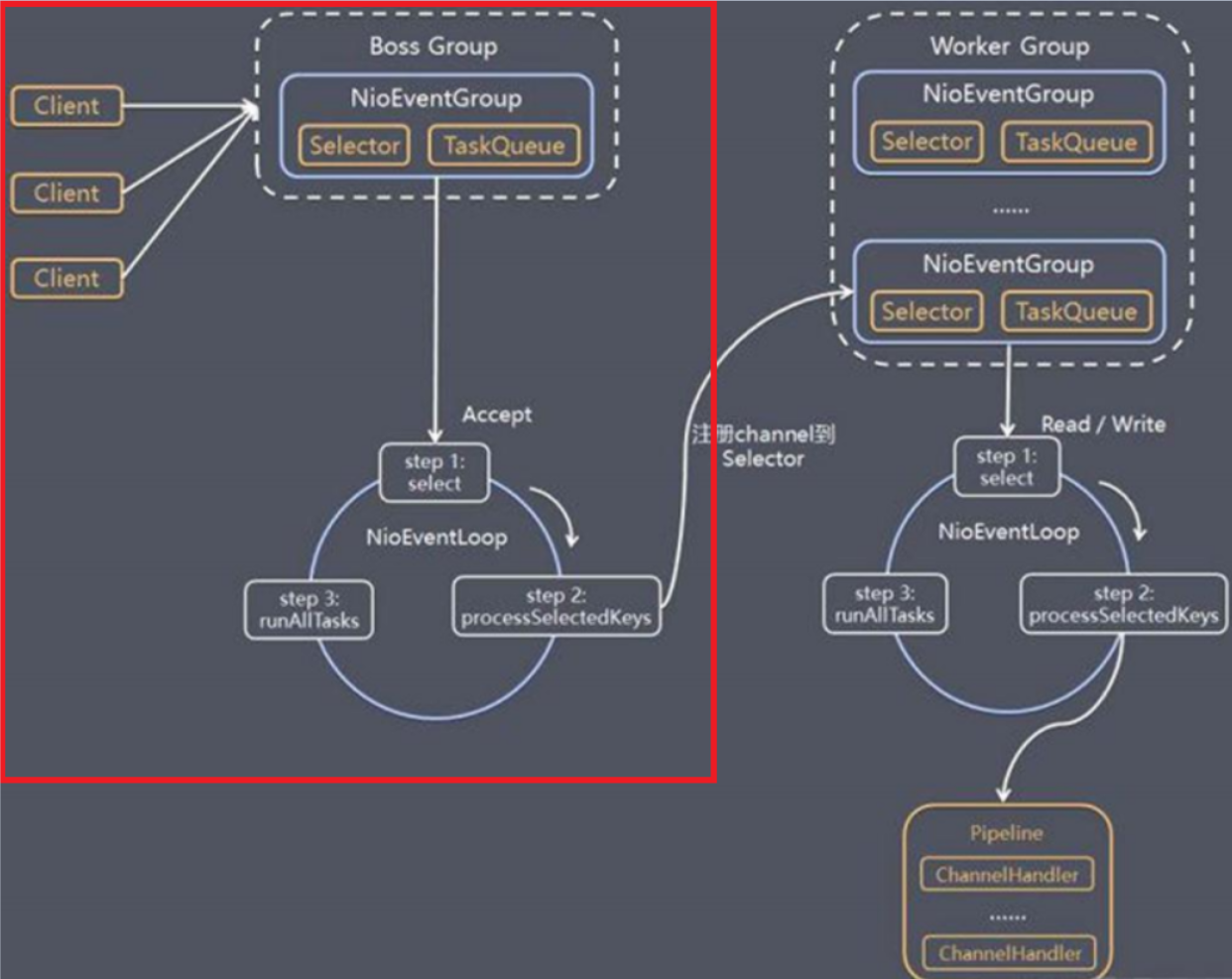
5、Netty接受请求过程源码小结
总体流程:接受连接---->创建一个新的 NioSocketChannel---------->注册到一个 worker EventLoop-------->注册 selecot Read 事件。
1)服务器轮询 Accept 事件,获取事件后调用 unsafe 的 read 方法,这个 unsafe 是 ServerSocket 的内部类。
2)doReadMessages 用于创建 NioSocketChannel 对象,该对象包装 JDK 的 Nio Channel 客户端。该方法会像创建 ServerSocketChanel 类似创建相关的 pipeline , unsafe,config。
3)随后执行 pipeline.fireChannelRead 方法,在ServerBootstrapAcceptor的channelRead方法中,调用workerGroup(childGroup)的register方法进行注册。
4)注册成功后,开始监听Read事件。

